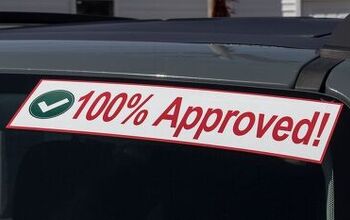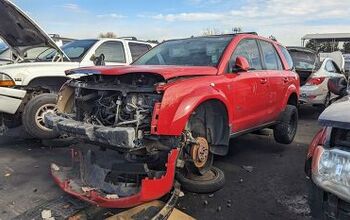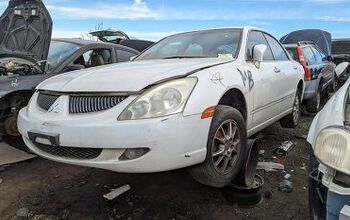Fitch: Marginal Losses Projected For Subprime Auto Loans In 2015
Despite the risks subprime auto loans carry, the market is likely to experience only marginal losses through 2015 according to a recent analyst forecast.
Analysts at Fitch Ratings found in Q1 2015 subprime delinquencies of 60 days and above ticked up 3.56 percent, compared to 2.8 percent in 2014, Automotive News reports. Net losses on an annualized basis also went up in the quarter, from 4.96 percent last year, to 6.58 percent now.
Though those increases have given cause for alarm among analysts and the federal government alike, as well as the ever-increasing volume for subprime loans, Fitch claims the loans are performing as they should. However, the rating agency expects the performance to deteriorate over the course of the year, citing factors including easier lending approvals and lower wholesale prices as potential problems.
Seattle-based writer, blogger, and photographer for many a publication. Born in Louisville. Raised in Kansas. Where I lay my head is home.
More by Cameron Aubernon


































Comments
Join the conversation
Loaning money to people that can't afford it, results in unpaid loans? Who woulda thunk?
I would imagine that a lot of these people get tax returns that they could save away for a better car that's paid for, rather than spending the tax return on something else and turning around and taking out the sub-prime loan. I would also imagine that with a little bit of discipline they could pay themselves a car payment and buy a car outright--with cash--or at the very least, finance only a small portion. I have done this--I have a (barely) three-year old Chrysler 200 Limited that I own outright. My "car payment" goes to me for the course of ten years, when I will turn around and buy another newer used car--private party--for a steal (problem is, will there be any three-year-old car ten years from now that I will want to buy?). I don't know why people don't do this. All they need to do is start out with a paid-for, reliable car and pay themselves over the course of three, five or ten years to replace that car and do it all over again. Stick the funds in a high-yielding CD.
A question for our financial and economic wizards on TTAC. At what percentage can we start to see a problem with these loans. Even though the percentages look small they ticked up over 33% or thereabouts in the last 12 months.
Eh, still better investment than the college loan system and the government still sees fit to subsidize them. Hooray government!